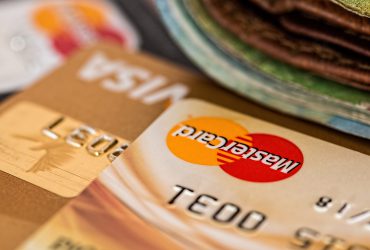Manish struggled hard during his education phase due to financial problems in his family but managed to get his graduation degree by running few part time small jobs. He was very happy when he got a breakthrough for his corporate career and thanked God for getting an opportunity with a leading pharmaceutical company.
A year into his job, Manish was offered a credit card by his bank on the basis of his salary account. Manish now was gleaming with joy as he now possessed the power of plastic money in his wallet. The plastic money led Manish go on a splurging drive to fulfil his desires for various electronic gadgets and lifestyle spends, not realizing that #Budgeting is applicable for plastic money spends too.
Within a year of using these cards, Manish found himself neck deep in credit card debt with the outstanding balance on his cards close to 4 Lakhs. All this was made possible due to Manish’s folly of not understanding the meaning of ‘Minimum amount due’ on every card settlement date. For a long time, ignorant Manish felt blessed when he saw that the card institution asked him to only pay a part of the outstanding and were ok even if he paid the balance next time. High interest rates and interest on interest were concepts that Manish had to learn the hard way. There came a time when Manish could not even manage to pay the Minimum amounts due and the outstanding piled higher on the back of high interest rates.
#MoneyHabits – Manish did not realize that credit cards were only substituting the need for carrying cash. Expenses incurred on the card were due and payable at the end of every credit cycle and thus spending on the card cannot exceed the money available in the bank account even though the credit limit on his card may be higher.
#Liabilities: Managing liabilities requires a non-emotional approach. It is difficult for a person under the burden of multiple liabilities to think rationally. Liability management mandates getting rid of unnecessary debts and avoiding to taking up debts where it does not yield any value to your financial security. Eliminating high-cost debt or continuously reviewing debts to look out for opportunities to replace high-cost with low-cost debts will help attain the goal of #financialsecurity faster.



